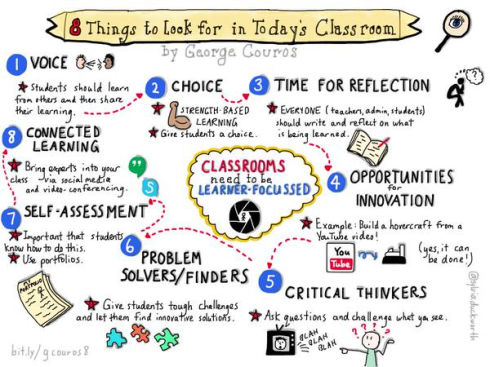My post is a response to one by Andrew Miller on Edutopia – a MUST read for every educator!
Thanks to Andrew Miller once again for a great post on Edutopia! I could not agree more with Andrew that there are grading practices which need to be seriously examined. We must ask if we are gaining what we really want in our grading systems. Are students learning, progressing, achieving? What do we really want to see happen in our classes?
I don’t want students to feel like grades are a game to be played – he or she who has the most points wins is not the outcome I want. I want to have students who are empowered, who believe that they can do whatever they seek to accomplish, who have learned and are prepared to change the world, starting with themselves.
Lofty goals? Of course! I won’t believe anything less for my students! We must develop grading systems which honor growth, which empower, and which help support reflective practices. We must support students with fair grading systems, which do not frustrate them, but which help them understand where they are on a continuum of achievement.
I have often said that my motto for my classroom, and one of my mottos for life is this: “It is ok to be where you are; it is not ok to stay there.” I believe we must always strive to keep moving forward. How can I help my students by supporting their growth? I certainly don’t believe that a grading game is going to achieve the goal!
To that end, I offer retake exams (though not the same test), proficiency-based assessments (not discreet item tests), re-teaching opportunities, re-do assignments, reflection opportunities… and much more. I did not start teaching this way, but I am fully there now, and I will continue to look at other ways to support growth for all students, because I believe that each and every one can and will learn if given enough support. Yes, we can do it! C’est possible!
Thank you again, Andrew, for inspiring good dialogue about this important issue.
Best regards,
Don
